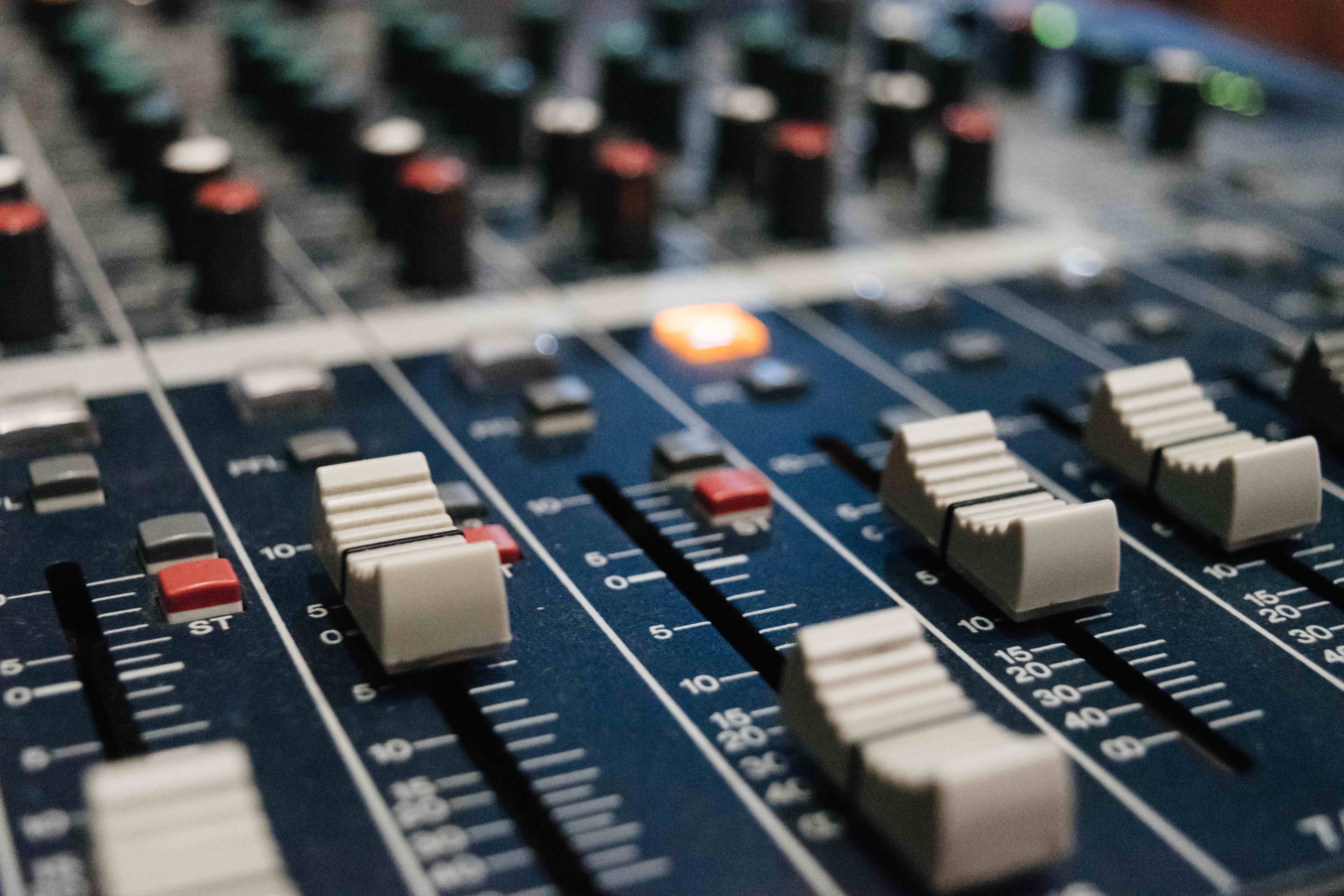Talia Raso is a sound designer, recordist and editor who has worked on environmental sound projects around the world. She can often be found walking in the bush wearing a pair of headphones, a mic held aloft. I spoke to her about the world of sound she inhabits with more attention than most of us.
Often people feel like nothing is left out there to discover. I beg to differ. When you go out to record sound and start to open your mind to what’s around you, it’s easy to see where we as humans fit into the grand scheme of things. It’s humbling, and sublime, and terrifying, all at once.
We can do a lot with sound recordings. We can change people’s perspectives on their world. We can elicit emotional or biological responses with sound. Since Homo sapiens developed the ability to imagine things, we opened up the possibilities for sound to excite us, independent of a specific cause. Our brains are hardwired to process sound very quickly and bind it to a gesture or voice or some element in our environment, and when that doesn’t present, in our imagination.
Sound and nature are one and the same to me. It’s not more or less important than any other sense when telling a story about nature. We can gain so much information quickly through sound that dialogue or visuals alone need more time to do. So when conveying a story, emotion or ambience, sound can get there very easily, thanks to our imagination.
Some of my most interesting natural soundscape recordings have been chance encounters when I was least expecting it. Waking up in the dead of night while camping or just playing back audio months later at home that no longer has a visual context for me. The microphone doesn’t listen like human ears can, where the brain gets in the way and directs the focus. Microphones will just capture everything. So not being too expectant upon a recording is always a good surprise.
If I have a target soundscape, I often need a lot of time in the space. To gather what’s there that I might not initially be conscious of, that I could bring to the audience’s attention, or that really defines the essence of the place. I love the challenge of trying to capture clean discrete sounds. You can never tell one bug to be quiet so you can record its friend the owl in isolation… Isolation is definitely a challenge in the wild. Proximity is key to reducing the noise around a subject in a recording, and a lot of critters don’t like to hang around when you start to get close.

When you want to create an environment from scratch these discrete sounds become incredibly useful. It’s with these specific semi-isolated recordings that you can craft experiences for people. A crafted soundscape, or sound diffusion art piece, as opposed to an organic recording, can allow the mixing artist to direct the focus onto particular elements of the location, or convey a particular message about the environment through their mix choices.
This is where sound design gets really fun for me, when pieces are designed for audiences – to draw their attention to particular sounds, or sound worlds we might otherwise be ignoring. Just in one sound piece you can bring someone down to the forest floor, in microscopic detail, hearing a bug gesture as if it were life size, and in the next instant zoom them out to a bird’s perspective, or the crunch of a sequoia pine swaying 10 metres above their heads.
That last one is a sound I became obsessed with. Out in the Otways there’s a plantation and when the wind blows through, the sound the trees make as they sway is just mesmerising, and even a little scary. Sound is affecting us whether we’re conscious of it or not. That’s the aim of the game in sound design. To sit just under conscious attention and be activating the audience. So I firmly believe that even if you go out today and sit in an environment not consciously thinking about what sounds are interactive to you, you’ll still be affected by it. Your body is still interacting with these sounds even if you aren’t aware of it.
The whole world is moving and active all the time, and therefore always creating sound. We have used sound for thousands and thousands of years to understand our environment and interact with it.
Studies have suggested that we can only process and be conscious of about 16-40 discrete pieces of information (Verhagen 2009) from all of our senses combined at any one instant. So every day your brain is choosing what to focus on, and what to compose your world with. We are the conductors of our own environmental orchestra. It’s beautiful.


Leave a Reply